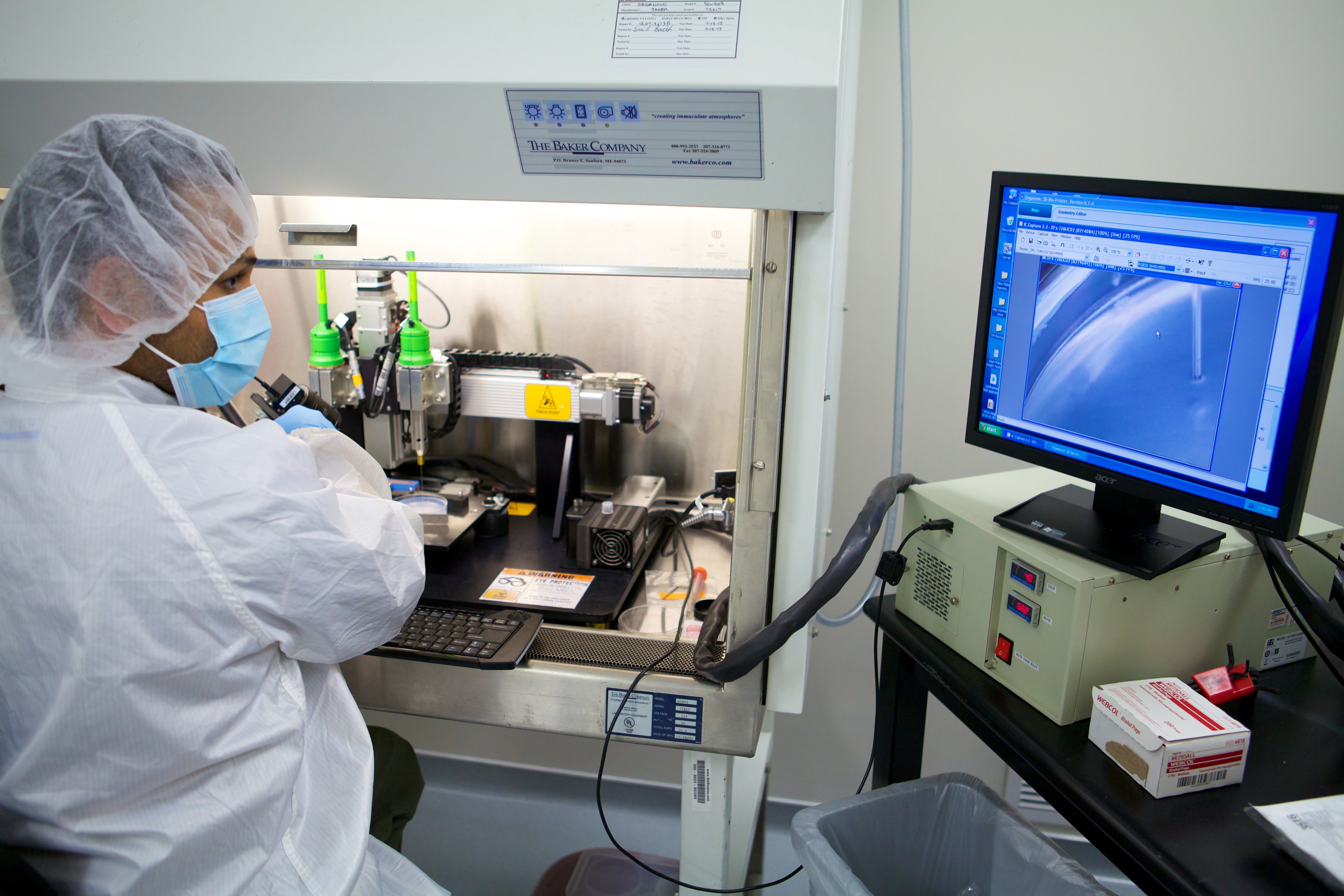A 3D PRINTED BRAIN? Have you ever wondered what methods or technologies could be used for repairing brain injuries? University of Oxford researchers have achieved a groundbreaking feat by utilizing 3D printing of human stem cells to create engineered tissue resembling a simplified cerebral cortex. This innovative approach, detailed in a publication in Nature Communications, demonstrates the potential for tailored repairs in cases of brain injuries when the printed tissue is implanted into mouse brain slices and integrates seamlessly with the host tissue. Trauma, stroke, and brain tumor surgeries often result in significant damage to the cerebral cortex, impacting cognition, movement, and communication for millions globally.
Utilizing human induced Pluripotent Stem Cell (hiPSCs), the study employed an advanced 3D printing technique to construct a two-layered brain tissue, offering the advantage of deriving cells from the patient and minimizing the risk of immune response. This topic relates to Unit 1: Molecules & Cells. The endomembrane system includes various organelles like the endoplasmic reticulum (ER) and the Golgi apparatus, which are responsible for processing and modifying proteins. When hiPSCs differentiate into various cell types for tissue repair, it involves the activation of specific genes and the production of proteins. These newly differentiated cells will utilize the components of the endomembrane system to synthesize, modify, and transport proteins to their appropriate locations within the cell. This process showcases the importance of the endomembrane system in maintaining cellular function and specialization, a crucial topic in AP Biology.
Upon implantation, the printed tissues not only demonstrated structural integration with the host tissue but also exhibited functional integration. Led by Dr. Yongcheng Jin, the research team aims to enhance the technique for creating intricate, multi-layered cerebral cortex tissues closely resembling the human brain’s architecture. This breakthrough, representing a decade-long effort in advancing 3D bioprinting technologies at the University of Oxford, involved collaborative efforts between the Department of Chemistry and the Department of Physiology, Anatomy, and Genetics. The senior authors emphasize the potential for personalized implantation treatments and the broader impact on brain repair and research, signaling a significant leap forward in the field.
In 7th grade, I experienced my first concussion, and unfortunately, the following year in 8th grade, I experienced another one. Despite being classified as mild, the impact on my well-being was significant. Following medical advice diligently, I adhered to the protocol to allow for proper healing. Doctors emphasized the seriousness of brain injuries, cautioning that they should not be taken lightly. Despite my commitment to the recovery process, I continue to struggle with severe migraines lasting nearly two weeks. The persistence of these symptoms prompted me to deep dive into research on the complexities of the brain. Acknowledging the intricate nature of the brain and unsure if my concussions directly correlate with the migraines, I embarked on a personal exploration of this topic, seeking to understand the intricate workings of this vital organ and perhaps find insights that could contribute to my own well-being. What are your thoughts on the potential of 3D printing human stem cells for repairing brain injuries? Do you believe this innovative approach could revolutionize treatments for trauma, stroke, and brain tumor surgeries? Share your opinions related to brain injuries and the advancements in 3D bioprinting.



Leave a Reply